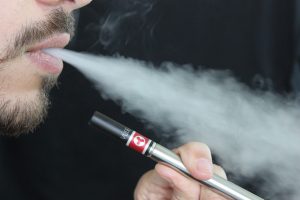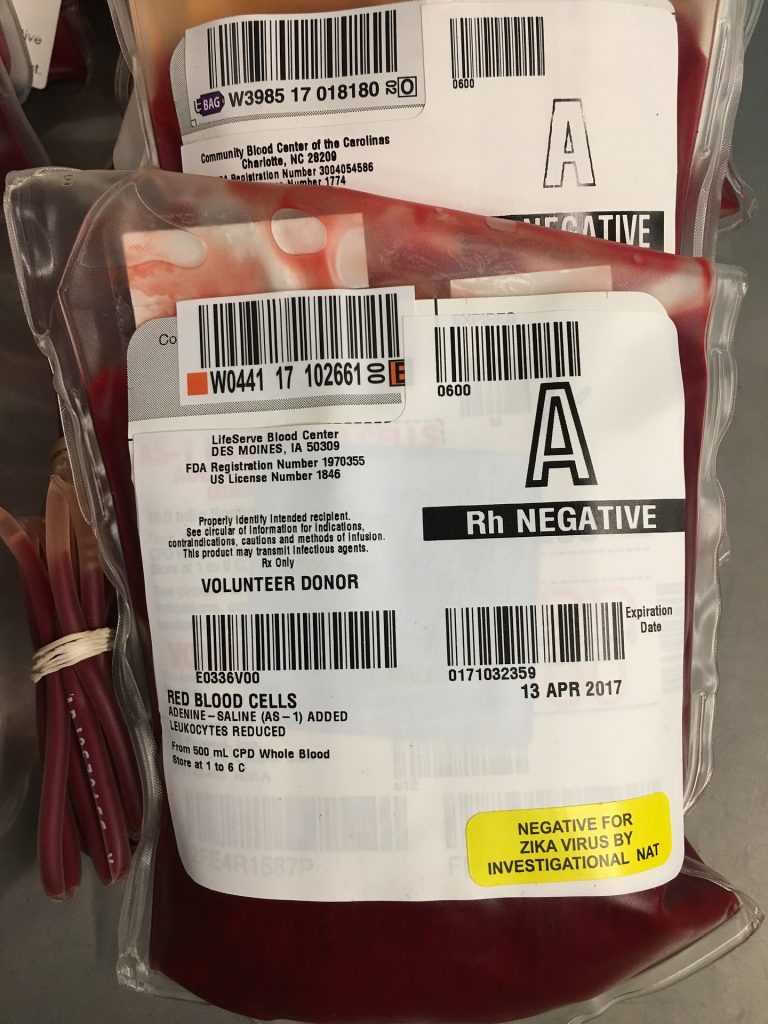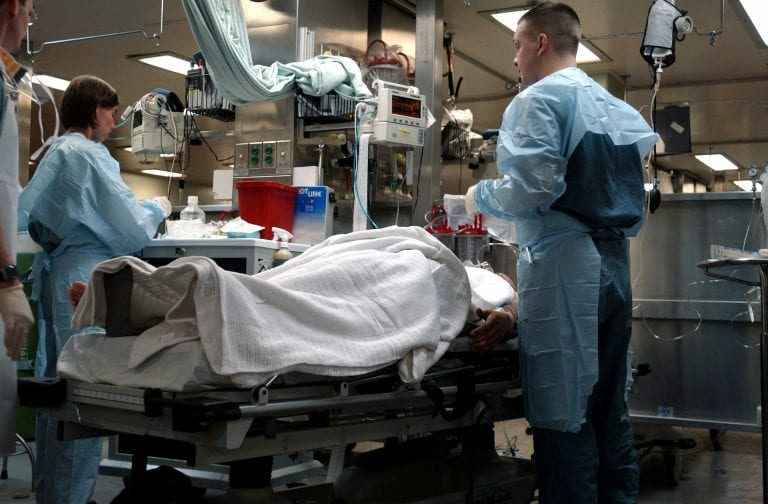Alveolar Surface Tension and Vaping
Alveolar surface tension is a key component to respiration. The alveoli are sac shaped components of the lungs where gas exchange occurs. They are air sacs found at the terminal ends of the bronchioles. When we breath in the air fills these sacs with oxygen. The aveolar sacs interface with the vasculature of the lungs. This interface is where gas exchange occurs. Carbon dioxide in the blood diffuses through this interface via a semi-permiable membrane and enters the aveoli and oxygen moves in the opposite direction into the vasculature through the same membrane system.
Surface tension is created by a lipid (fat) and protein substance on the surface of the aveoli called Surfactant. Surfactant reduces the surface tension. High surface tension in small alveoli causes them to collapse. Surfactant lowers the surface tension to prevent collapse of alveoli therefore maintaining an adequate interface for gases to cross (ventilation).
Any substance that interferes with the production and preservation of surfactant causes ventilation perfusion mismatches. Although the cause of vaping injuries are still under investigation there is some data suggestion that chemicals in the vape fluid are causing changes in the surfactant levels on alveoli surfaces leading to lung disease. Acute Lung Injury (ALI) and Acute Respiratory Distress Syndrome (ARDS) are the usual result of inhaling chemical agents.

Chemicals such as vegetable glycerol (VG) and Propylene glycol (PG) along with components of THC which can be added to the vaping liquid are just some of the components being investigated. Non human studies have indicated that inhaled e-cigarette aerosols could possibly result in concentrations that could lead to a disruption in the surface tension of alveoli by disrupting the formation and preservation of surfactant.
https://www.tandfonline.com/doi/full/10.1080/08958378.2018.1478916






